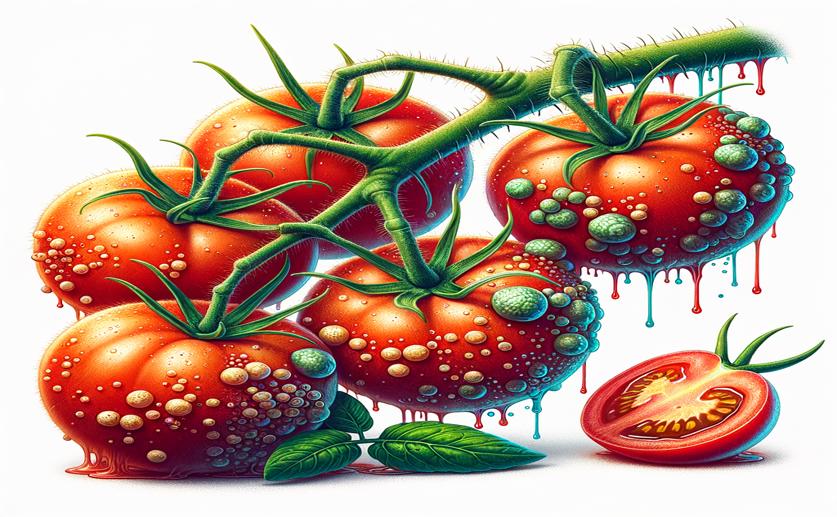
Tomato Diseases Caused by Fungi Becoming a Growing Problem
Jim Crocker
6th September, 2024

Image Source: Natural Science News, 2024
Key Findings
- A study in the National Capital Region of Delhi and Haryana found severe Alternaria infections in tomato, potato, and brinjal crops
- Tomato crops were the most affected with a 98.99% infection rate, followed by brinjal at 82.36% and potato at 61.19%
- Researchers identified small-spored Alternaria species as the cause and found eight tomato accessions with moderate resistance
VegetablesAgriculturePlant Science
References
Main Study
1) Alternaria alternata species complex impairing solanaceous vegetables in Northern parts of India: an emerging problem in Solanum lycopersicum L.
Published 5th September, 2024
https://doi.org/10.1007/s13205-024-04059-7
Related Studies
2) Diversity and Virulence of Alternaria spp. Causing Potato Early Blight and Brown Spot in Wisconsin.
3) Identification and Characterization of Alternaria Species Associated with Moldy Core of Apple in Chile.
4) Alternaria Leaf Spot Caused by Alternaria Species: An Emerging Problem on Ornamental Plants in Italy.



 29th May, 2024 | Greg Howard
29th May, 2024 | Greg Howard